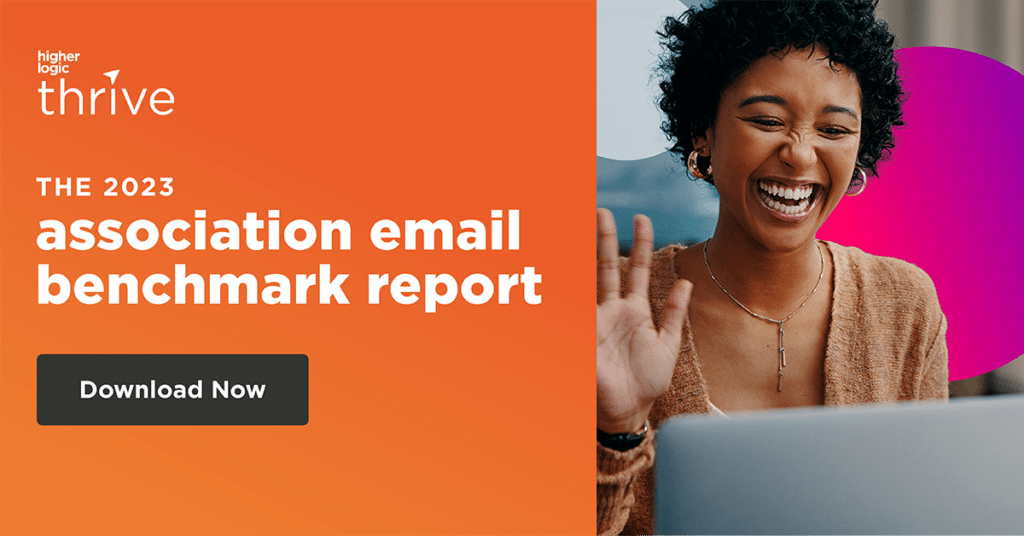
Gmail and Yahoo’s New Requirements for Bulk Senders: A Guide for Email Marketers
If you haven’t already, one of your first to-do list items for 2024 should be to prepare for the new requirements for bulk senders introduced by Gmail and Yahoo.
If you haven’t already, one of your first to-do list items for 2024 should be to prepare for the new requirements for bulk senders introduced by Google (Gmail) and Yahoo (Yahoo Mail). These changes will begin to take effect in February. They reflect existing best practices and are intended to enhance email security, reduce spam, and improve the overall user experience of their users.
Here’s what you need to know:
Gmail’s and Yahoo’s New Email Requirements for Bulk Senders
Gmail and Yahoo will require bulk senders – which Google defines as those who send more than 5,000 messages in one day – to meet the following requirements:
- Authenticate their email: Bulk senders are required to strongly authenticate their emails following established best practices like SPF, DKIM, and DMARC. As Google notes, this will “close loopholes exploited by attackers that threaten everyone who uses email.”
- Enable easy unsubscription: Bulk senders must ensure an easy one-click unsubscribe process and honor unsubscribes within two days. For senders, this means including a list-unsubscribe header in the internet headers of your email message. This requirement’s enforcement date has been pushed back to June 2024.
- Sending wanted email: Gmail and Yahoo will enforce a clear spam rate threshold that senders must stay under (ideally below 0.1% and not exceed 0.3%).
Google’s Timeline for New Email Requirements
In their FAQ, Google has now shared that “enforcement for bulk senders that don’t meet our Email sender guidelines will be gradual and progressive. In February 2024, bulk senders who don’t meet sender requirements will start getting temporary errors (with error codes) on a small percentage of their non-compliant email traffic…In April 2024, we’ll start rejecting a percentage of non-compliant email traffic, and we’ll gradually increase the rejection rate.” So there is some time for you to monitor for error codes and remedy email traffic that doesn’t meet their guidelines to avoid having your messages completely blocked.

What Happens if You Don’t Meet the New Gmail and Yahoo Email Requirements?
If you don’t meet these standards, your messages won’t be delivered to Gmail and Yahoo inboxes. If an email message fails authentication or DMARC alignment, Yahoo and Google will “bounce” the message with an error code indicating that failure. Mail that exceeds the spam threshold or is missing the required unsubscribe mechanisms will likely end up in the spam or junk folder.
As noted above from their FAQs, for Google this will start with temporary errors for non-compliant email traffic in February, followed by a more permanent rejection of non-compliant email traffic starting in April.
What Do Email Marketers Need to Do About Gmail’s and Yahoo’s New Email Requirements?
As these were already best practices, many organizations already meet these requirements (Higher Logic, for example, suggests customers authenticate their email during implementation). But if you’re wondering what this means, or you’re reviewing your marketing platform setup to make sure you’re in compliance, here’s a to-do list:
- All senders should authenticate all mail with SPF and DKIM. Bulk senders (who send 5000+ emails in one day) should publish a DMARC record for their FROM address domain.
- Higher Logic customers can refer to our support article for instructions for doing this on their platform or contact support for assistance.
- Include a one-click unsubscribe method.
- Higher Logic Thrive Marketing includes a list-unsubscribe header by default for customers – and it automatically excludes those who unsubscribe from future sends. You can also implement message categories and email preferences to give members greater control over their email subscription.
- Monitor your spam rate (using Google’s guidelines and Postmaster Tools) and make sure you’re not approaching the threshold. Having a clear unsubscribe process is one way to make sure members use your email preference center rather than just marking your messages as spam. You should also segment your send lists and personalize the emails you send so that members only receive messages that are relevant to them, reducing the chances they’ll see your messages as spam.
Why Does This Matter?
Your digital marketing reputation is critical to the deliverability of your email-marketing messages. It’s important for your recipients to KNOW that mailings from your organization are actually coming from your organization. Email authentication helps protect your recipients from fraudulent email (e.g., phishing scams or other types of spam) and safeguards their trust in your communications and organization.
Taking the above steps not only helps you ensure that your messages will reach recipients using Gmail and Yahoo, but it also helps you mitigate factors that could negatively affect your reputation.
Learn how Higher Logic Thrive Marketing can help you meet and exceed email best practices. Our platform has an industry-leading 99% deliverability rate and multiple features to help you craft effective, personalized member communications.
Related Resources

SPF, DKIM, DMARC: The 3 Pillars of Email Authentication
Email authentication is built on SPF, DKIM, & DMARC. These technical, essential terms will help you master email authentication and maintain brand reputation.

2023 Association Email Benchmark Report
Explore association-specific email trends and recommendations collected from over 1,500 organizations and over 2 billion emails sent by associations in 2022 and 2023.

Avoiding Spam Traps: How to Safeguard Your Email Deliverability
Spam traps can damage your email campaigns, causing poor email deliverability and tarnishing your sender score. Learn how to avoid them.



